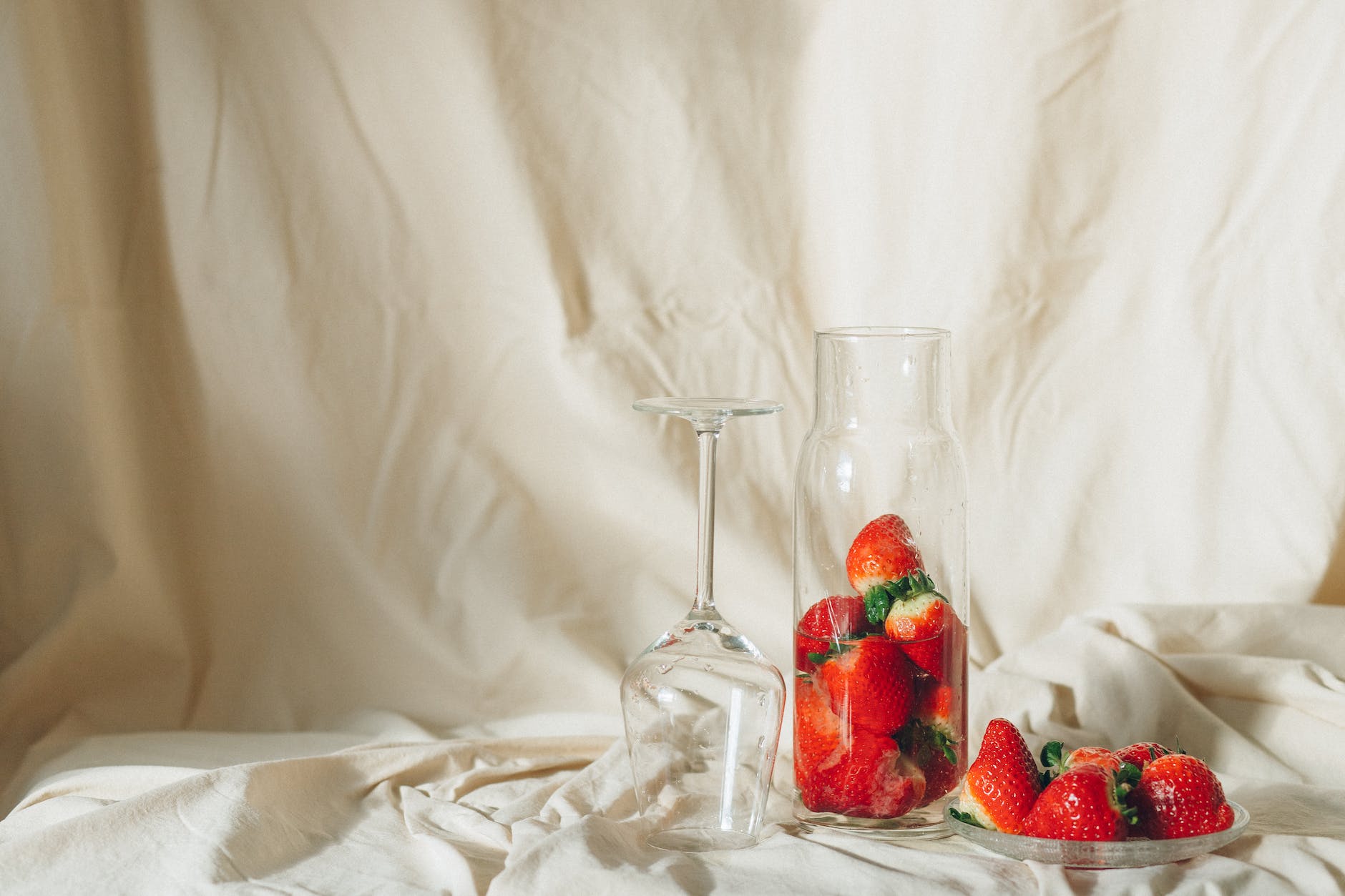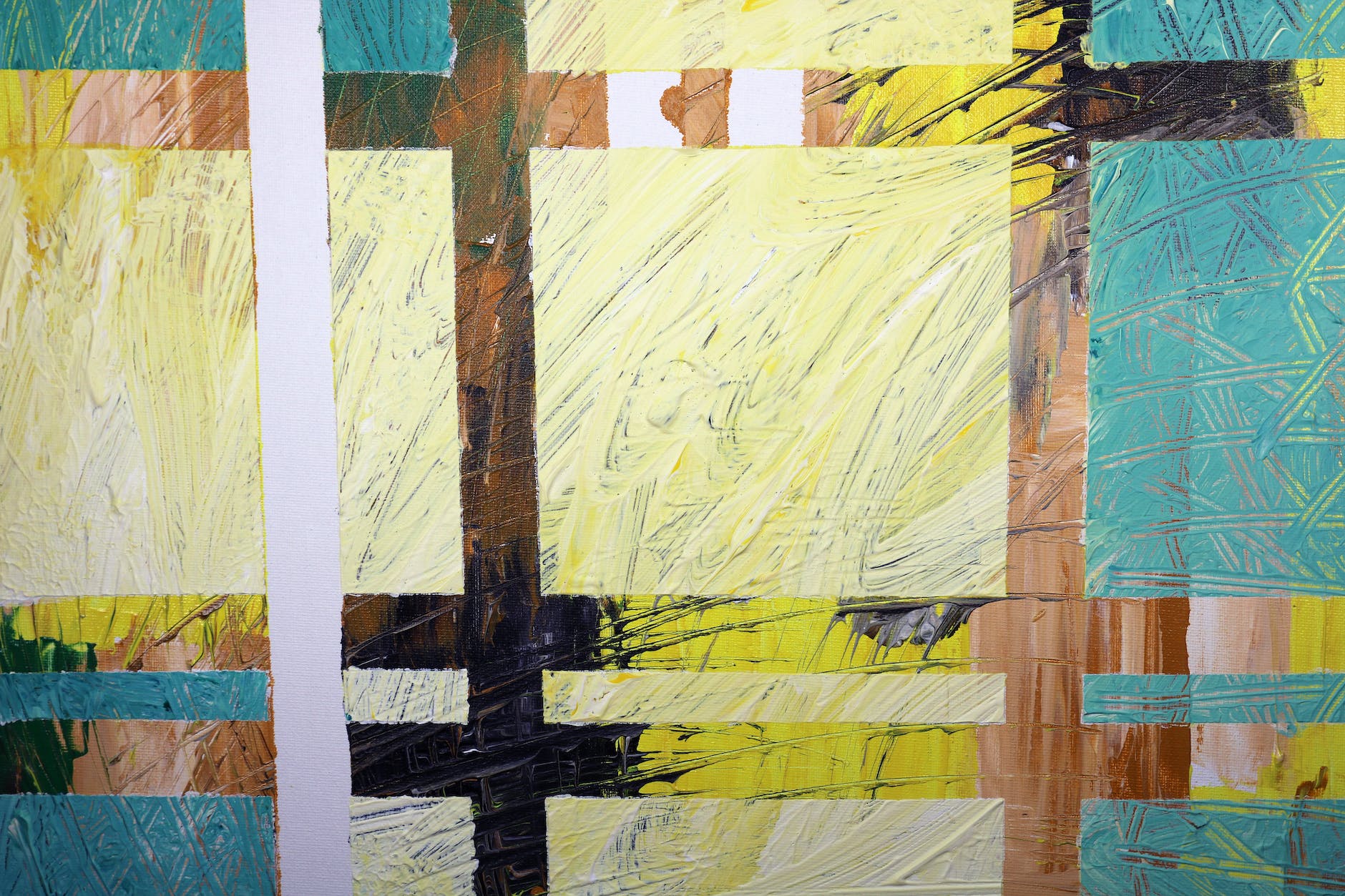The vibrant designs and intricate patterns of psychedelic art can captivate the senses, engaging viewers in a swirling voyage of color, dimension, and perception. While these stunning artworks share common elements, they bear the marks of different techniques in psychedelic art that lend each piece its unique flair.
Among the various fine arts, psychedelic art is noteworthy for its distinctive concept and aesthetics. It emerged in the 1960s as part of the counter-culture movement, echoing the experiences of altered consciousness related to mind-altering drugs, music, and light shows. Broadly speaking, the techniques employed in psychedelic art include both traditional and digital methods, each offering its particular set of effects and tools contributing to the versatility of this art style.
One of the fascinating elements about this art form is its various psychedelic art styles that emphasize intricate designs, vibrant colors, and motifs that resonate with a transcendental and mystical aesthetic. Though often linked with the vivid visual disturbances induced by substances like LSD and magic mushrooms, these imaginative artworks reflect the artist’s inner journeys and spiritual experiences.
Artists employ both routine and experimental techniques in psychedelic art, including pointillism, pattern-drawing, and the use of symmetry. Creating these complex visual designs involves a keen sense of color and form, frequently featuring patterns that continue onto infinity, drawing the viewer into an endless, mesmerizing maze of lines, curves, and vibrant hues.
Painting and drawing form the backbone of traditional psychedelic art, with artists meticulously crafting every curve and contour with attention to every minute detail. Over time, the artists master skill development in psychedelic art by learning to mix colors, understanding patterns, and manipulating the depth of their work to elicit a strong emotional response from the viewer.
In contrast, digital psychedelic art embraces a plethora of software tools for crafting intricate designs. Using diverse graphic design programs, artists can quickly create repeating patterns, intricate geometrical forms, and blend color gradients. Breaking free from the limitations of physical materials, digital art allows a greater degree of experimentation and creativity. There’s always an interesting conversation taking place over digital vs. traditional psychedelic art, with both sides espousing the merits of their preferred method.
Artistic tools for psychedelic art include not only paint and digital editing software, but often multimedia elements like music, videos, and interactive installations. Psychedelic artists are innovators at heart, endlessly pushing the boundaries of perception to create immersive, transformative experiences. Experimenting with light and sound, these artists play with our senses and challenge our perception of reality.
While skills can be honed over time, psychedelic art requires a specific mindset – openness to the unknown, staying in a state of ‘flow,’ and embracing a sense of mystical wonder that’s characteristic of this art genre. Each creation is a brainchild of the artist’s inner world, sometimes enigmatic, sometimes deeply insightful, but always fascinating and striking in its individuality.
In essence, no article can conclusively define the myriad techniques used in psychedelic art. It’s an ongoing mystifying journey into the depths of imagination and perception, a swirling symphony of hues and form that transcends the tangible world and enters the realm of the metaphysical.
Despite the complexities and mystique, one cannot deny the power and potential of psychedelic art. It is a medium that transcends conventional norms and enters the realm of the extraordinary, forging a captivating bridge between the artist and the viewer’s mind.
One merely scratches the surface when appreciating these psychedelic masterpieces. Delving deeper into how these pieces work, an experimental exploration reveals a world of thought, skill, and intuitive creativity that belies their apparent simplicity. Regardless of the medium, the heart and soul of psychedelic art remains: a mystical journey transcends words and goes straight to the senses, challenging, and ultimately changing, how we perceive reality.
Indeed, as psychedelic art continues to thrive and evolve, we can only anticipate what new techniques and technologies will further broaden its boundaries. But one thing is clear: the mesmerizing, mind-expanding quality of this genre will undoubtedly continue to captivate us for generations to come.
Sources:
– The Secret of the Psychedelic Art
– Digital vs. Traditional Psychedelic Art
– Psychedelic Art: Expanding Perception
– Skill Development in Psychedelic Art
– Artistic Tools for Psychedelic Art





